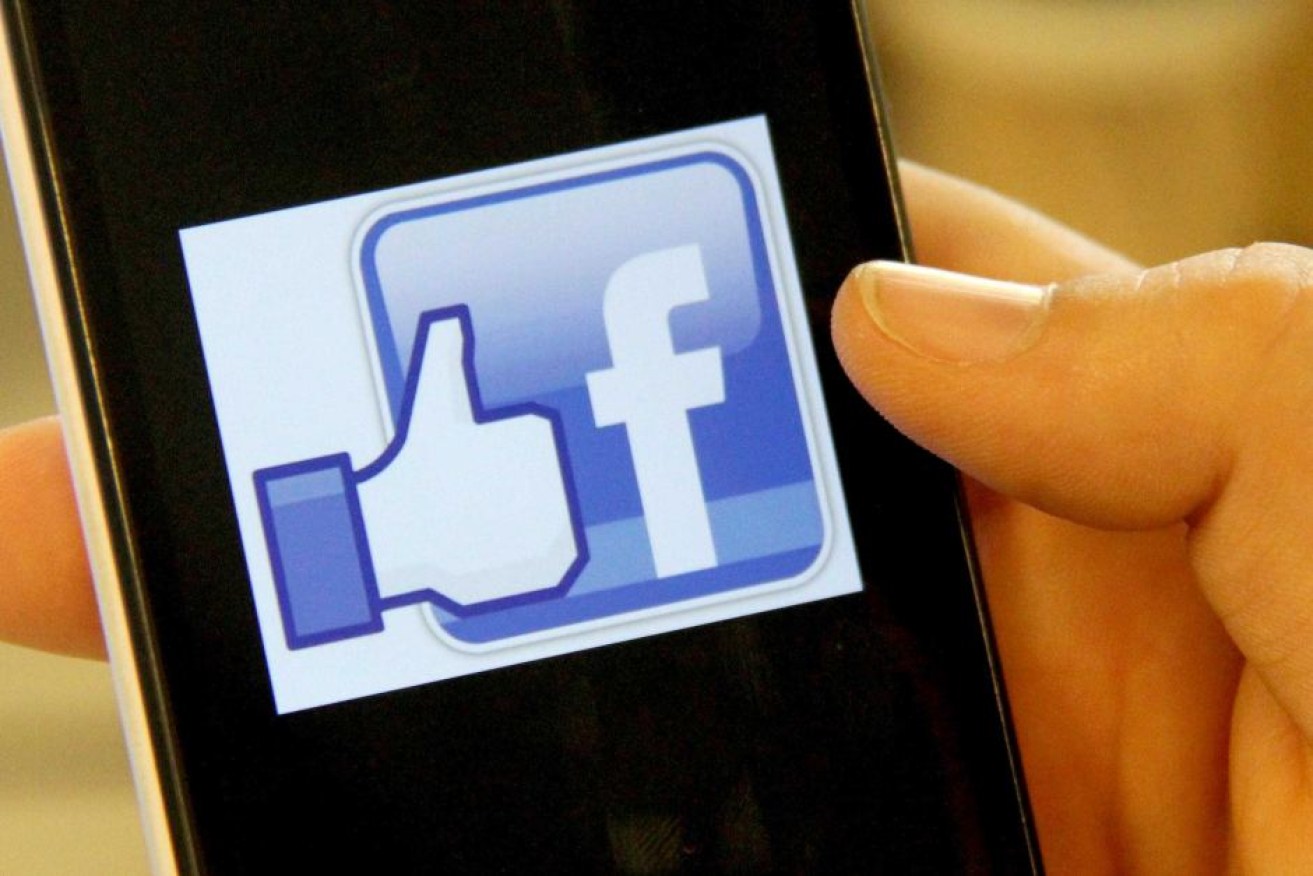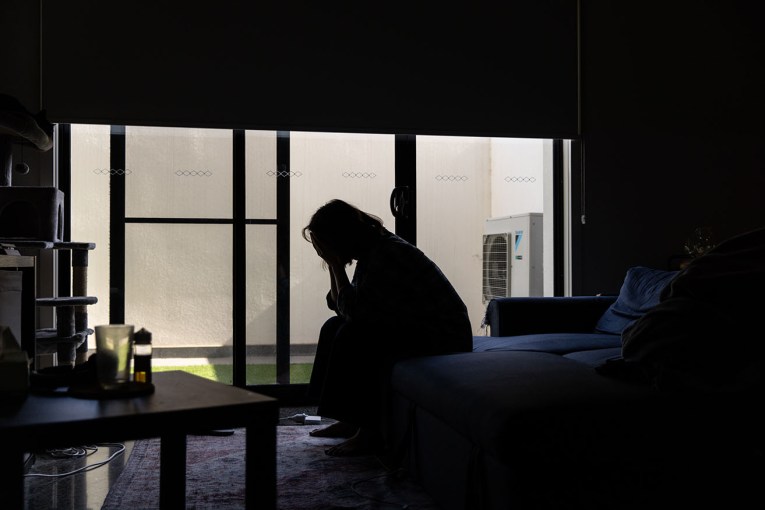How much are you paying to help politicians advertise on Facebook?

Parliamentarians from all sides are using taxpayer dollars to get their message out online. Photo: ABC
You may be used to politicians spending your hard-earned taxes on pamphlets in the letterbox and personalised fridge calendars, but the internet has changed the game.
Department of Finance records show that parliamentarians from all sides are using taxpayer dollars to get their message out online.
So what are you helping to pay for?
Labor senator’s $20k day
Labor senator Sam Dastyari billed taxpayers $20,000 in one day to make four Facebook videos, including two promoting his party, before the last federal election.
Each video was charged to the Department of Finance for $5000 on June 28, 2016.
Two of the videos were made during the Opposition’s pre-election tour of Tasmania, and were released in the lead-up to the July 2 ballot.
They include video of the so-called “Bill bus” as well as showing federal and state Labor MPs on the hustings.
The other two were controversial videos that featured Senator Dastyari’s children, including a piece mocking multinational tax avoidance.
Senator Dastyari said the videos were value for money.
“The proof is in the pudding, the proof is in the reach of these videos,” he said.
“If you’re getting reaches of over 100,000 people that is coming down to 5 cents per person being reached, of a political message, of being able to communicate with your own constituents, a letter costs $1.50 each.”
Former rights commissioner’s cyber spend
First-term Liberal MP Tim Wilson spent close to $25,000 creating a website after he was elected.
Mr Wilson won the Victorian seat of Goldstein at last year’s federal election after spending two years as Australia’s human rights commissioner.
One of his first acts as a new MP was to create a sleek website, which would cost taxpayers $24,925 in two half-payments of $12,462.50.

Liberal MP Tim Wilson spent close to $25,000 creating a website after being elected. Photo: ABC
Mr Wilson said designing a comprehensive website was not cheap and it needed to be online quickly.
“We went through a process of inviting competitive quotes and got best value for the support we needed,” he said.
“We have also taken the approach of designing things correctly first time so that we minimise costs later.”
10k for so-called ‘Mediscare’ online election blitz
Labor’s health spokeswoman Catherine King billed taxpayers $10,000 for online advertising defending Medicare last July.
The Opposition was spreading the message that Medicare was at risk of privatisation under the Coalition.

Labor’s online advertising defending Medicare last July cost taxpayers $10,000. Photo: ABC
The campaign was denounced by the Liberal Party’s former federal director Tony Nutt as a “new low” in Australian politics.
Ms King’s office said the $10,000 purchased “a range of Medicare and health images” that were used in a July 2016 social media blitz.
“The advertising was pre-approved by the Department of Finance and complies with the printing and communications,” a spokeswoman said.
Bandt’s 3x3k videos
Greens MP Adam Bandt also focused on the digital space in the lead-up to the election.
The Member for Melbourne spent $9,000 to make three Facebook videos, including one calling for volunteers to help in his election campaign.
The video, released last May, was captioned: “We need you to win Melbourne. Sign up now to volunteer.”
Mr Bandt’s office said social media videos were a cost-effective way to spread a message.
“Compared to personally addressed mail, which could cost more than $1 per person reached, a single video can reach tens or hundreds of thousands,” a statement from his office said.
“Adam has a large following on social media and we believe constituents, voters and supporters have an expectation that we communicate with them in a contemporary way.”
What do the rules allow?
Professor John Wanna from the Australian National University said all the above examples were within the rules, paid for as part of parliamentarians’ “Printing and Communications” allowance.
“They are within the rules but the rules themselves are very lax, they’re basically a set of headings parliamentary business and electoral expenses, which are really not defined,” he said.
The rules for social media are broad, specifying that material can be produced if:
- The cost relates to a commercially provided service
- The material is for parliamentary or electorate purposes
- The material is not for party business or commercial purposes
Professor Wanna said social media was also a way to bypass the advertising ban, which prevents broadcasters from running political ads from midnight on the Wednesday before a state or federal election.
“It may be used to kind of stir up a bit of a moral panic — stir up a bit of an interest in a particular issue, pretend a member is under threat — and that you’ve all got to get out there and vote for them,” he said.
– ABC








